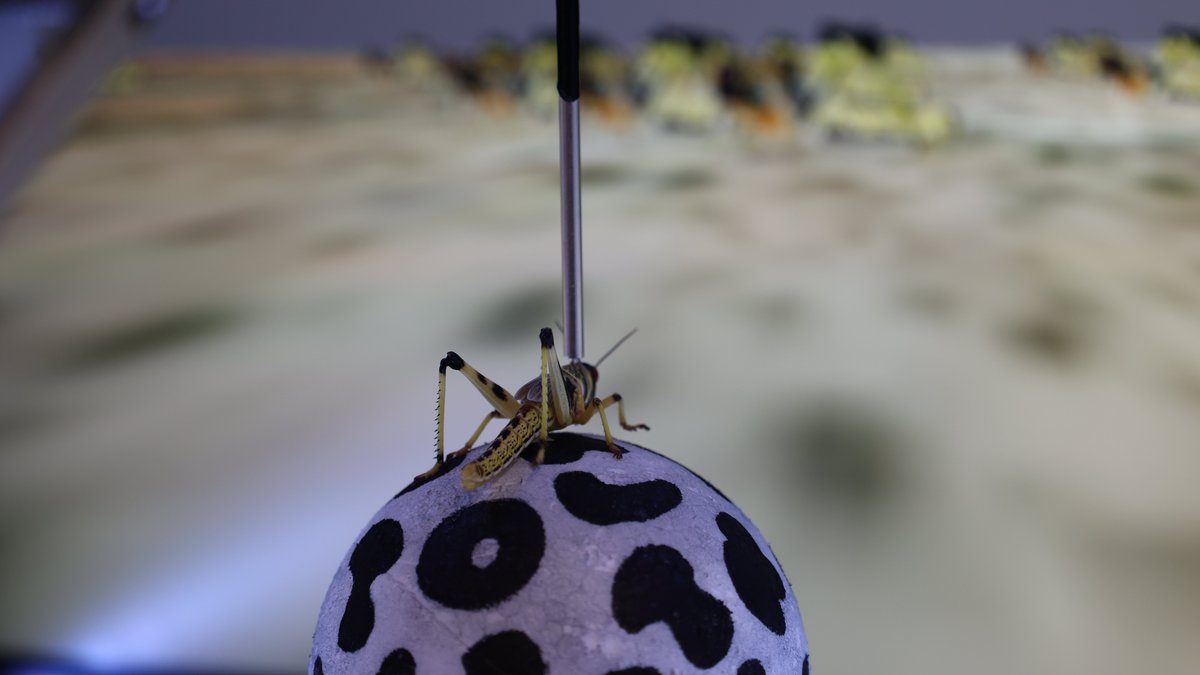
Decision making in a group: behaviour and neural circuits
Do individuals behave differently within a group than when alone? To answer the question, the project Decision making in a group: behaviour and neural circuits tracks the movement and behavioural responses of individual fly larvae and locusts in a group and alone.
Social interactions are fundamental to all life and constitute a significant part of an individual’s experience. Group-living animals may potentially benefit from pooling social information for faster and more accurate assessments of their environment. Even in organisms that have traditionally been considered non-social, social influence can assist in information acquisition by increasing sensory ranges and reducing uncertainty.
Group behaviour, however, is not always advantageous due to increased competition for mating partners and food, and, in some cases, even cannibalism. Animals therefore face a complex decision-making task when modulating social tendencies.
How the neural system processes and integrates external, internal, and social information to inform this decision is not very well understood. “We propose to investigate the neural processes underlying decisions in social contexts, focusing on the sensory mechanisms used to acquire social information and how this information, which is often noisy, probabilistic, and complex, is processed to inform decision making,” Katrin Vogt explains. Einat Couzin-Fuchs adds: “Insect species, such as the fruit fly or locusts, exhibit different levels of sociality while maintaining a conserved and accessible neural architecture, thus they serve as great model systems to study the neural basis of social behaviour.”
The project team performs behavioural experiments and tracks the movement of the animals with state-of-the-art tracking methods such as Trex, which was developed by the Couzin lab. Katrin Vogt and Einat Couzin-Fuchs aim to compare the behaviour and the neural processing circuits underlying social and non-social stimuli decisions between two different insect species. This comparative approach will enable them to unravel general behavioural principles governing decision making.
-
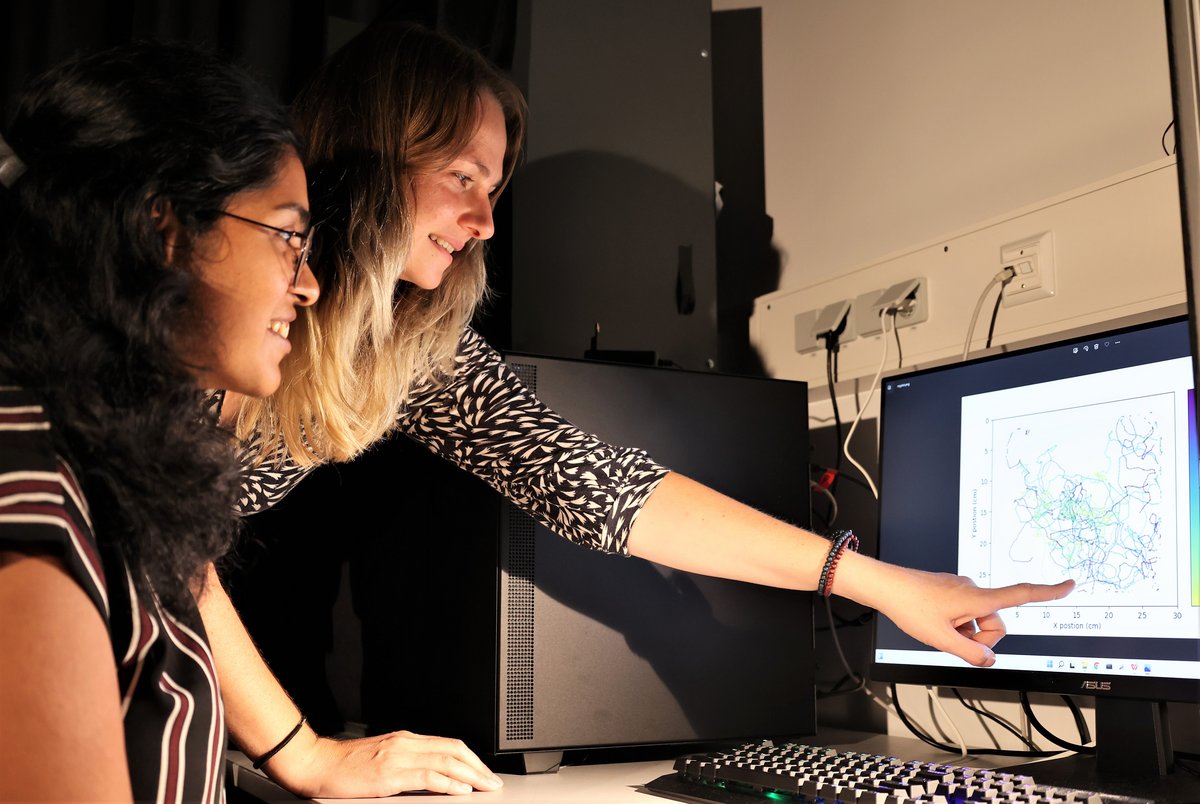
Akhila Mudunuri and Katrin Vogt in the Vogt Lab. Copyright: E. Böker, CASCB -
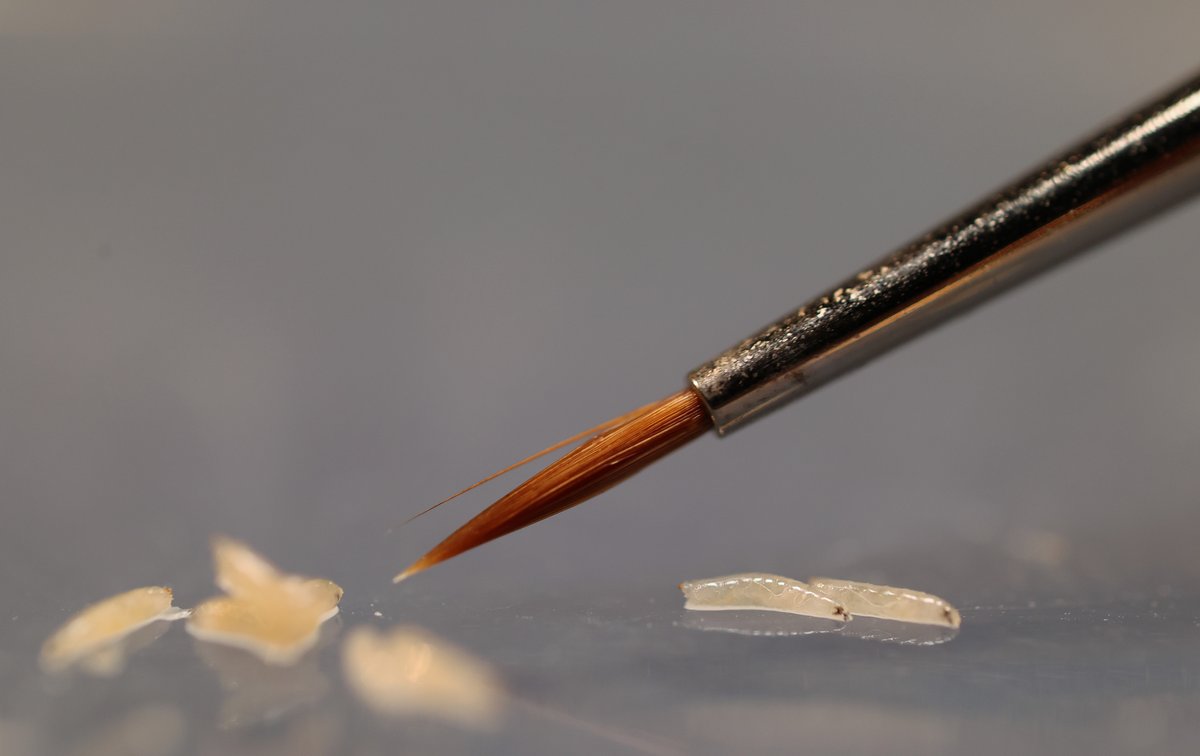
Drosophila larvae Copyright: E. Böker, CASCB -

Researchers studying Drosophila larvae Copyright: E. Böker, CASCB -
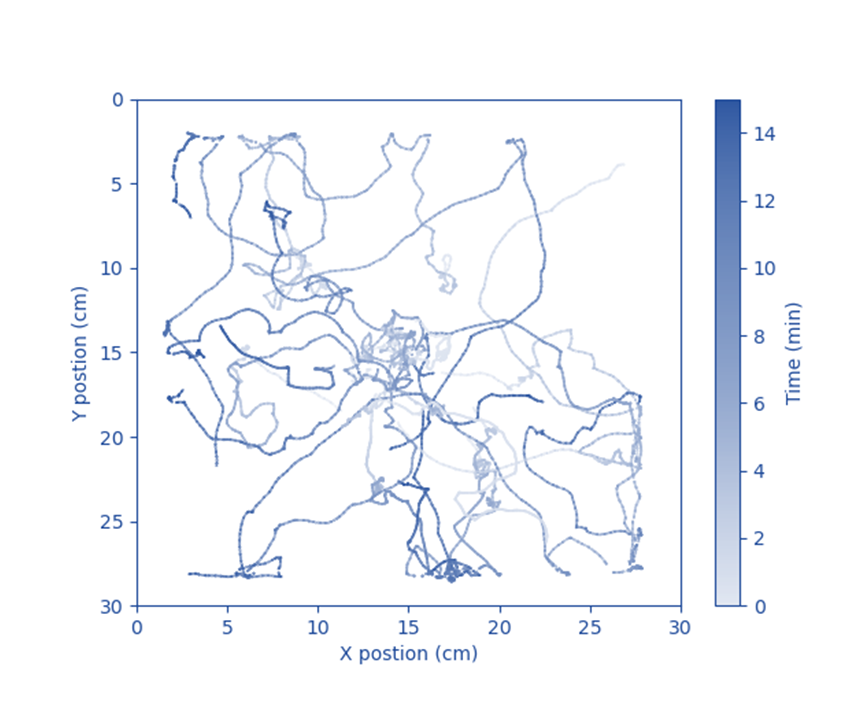
Copyright: Katrin Vogt -
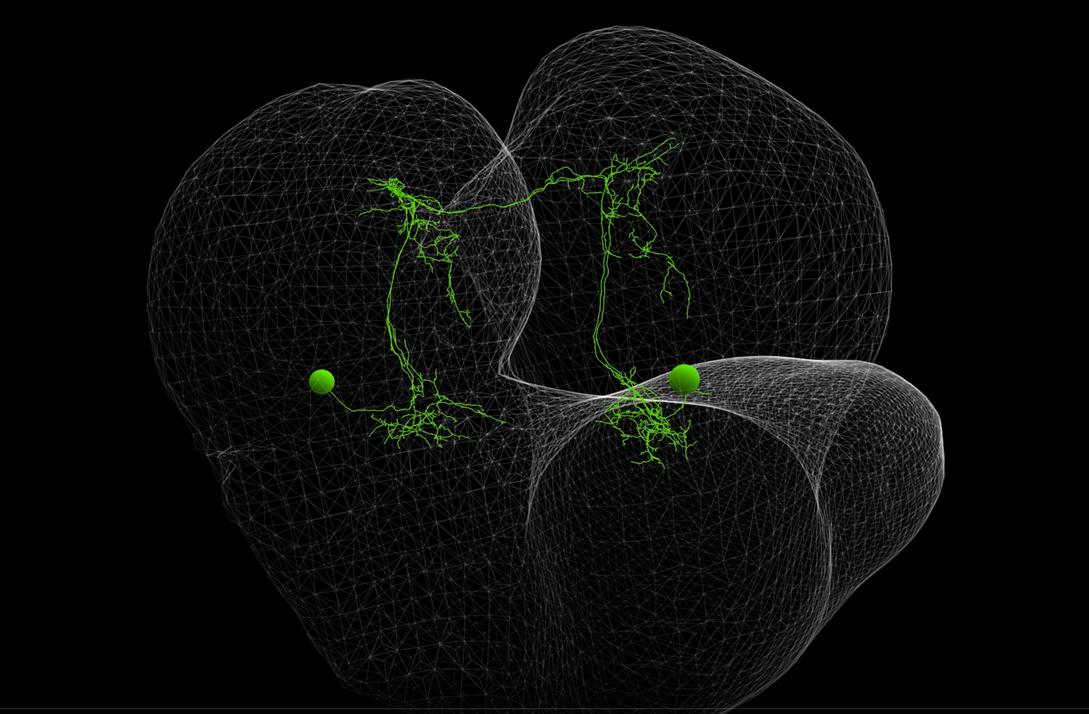
Serotonin Neuron Copyright: Katrin Vogt -
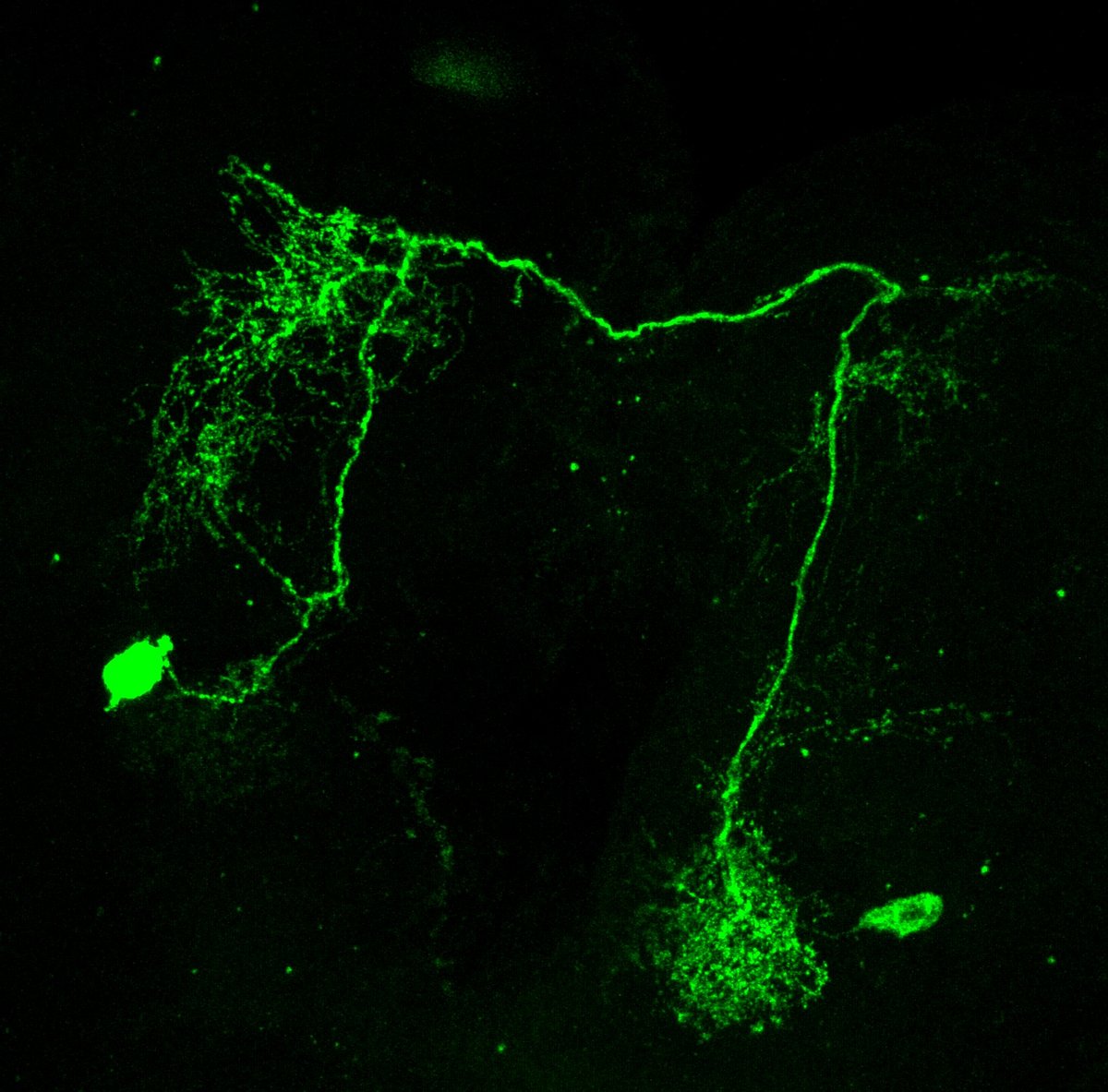
Serotonin Flourescent Labeling Copyright: Katrin Vogt -
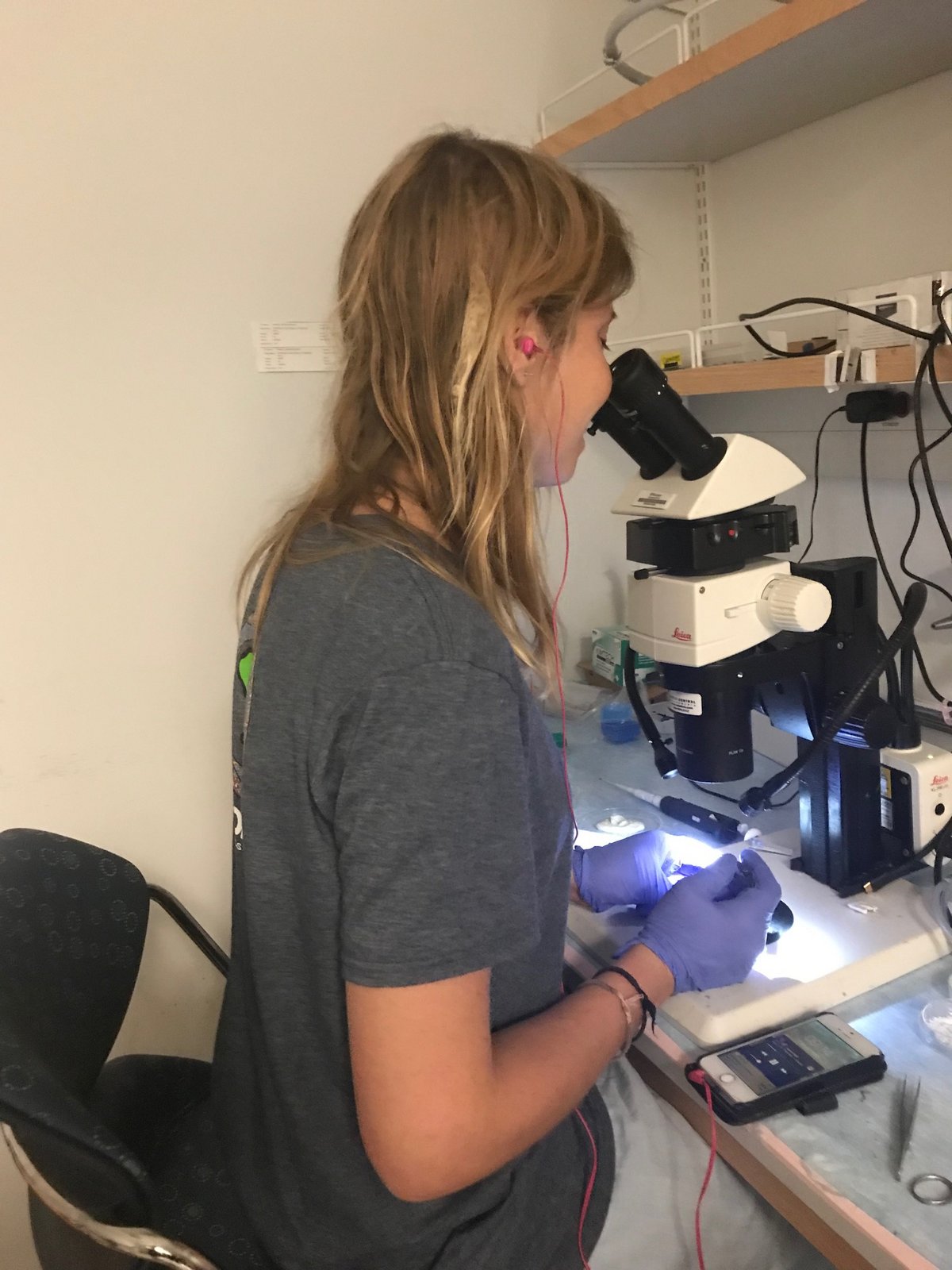
Inga Petelski. Copyright: Einat Couzin-Fuchs -
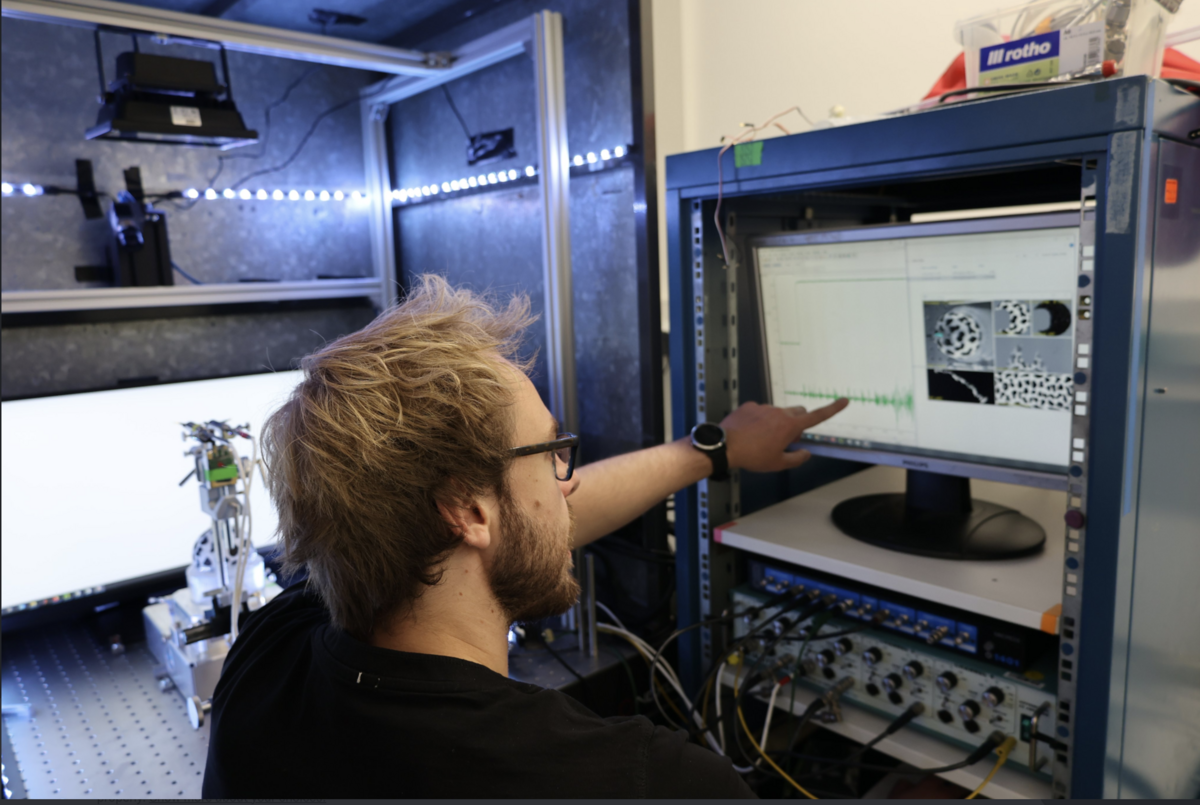
Yannick Günzel. Copyright E. Böker, CASCB -
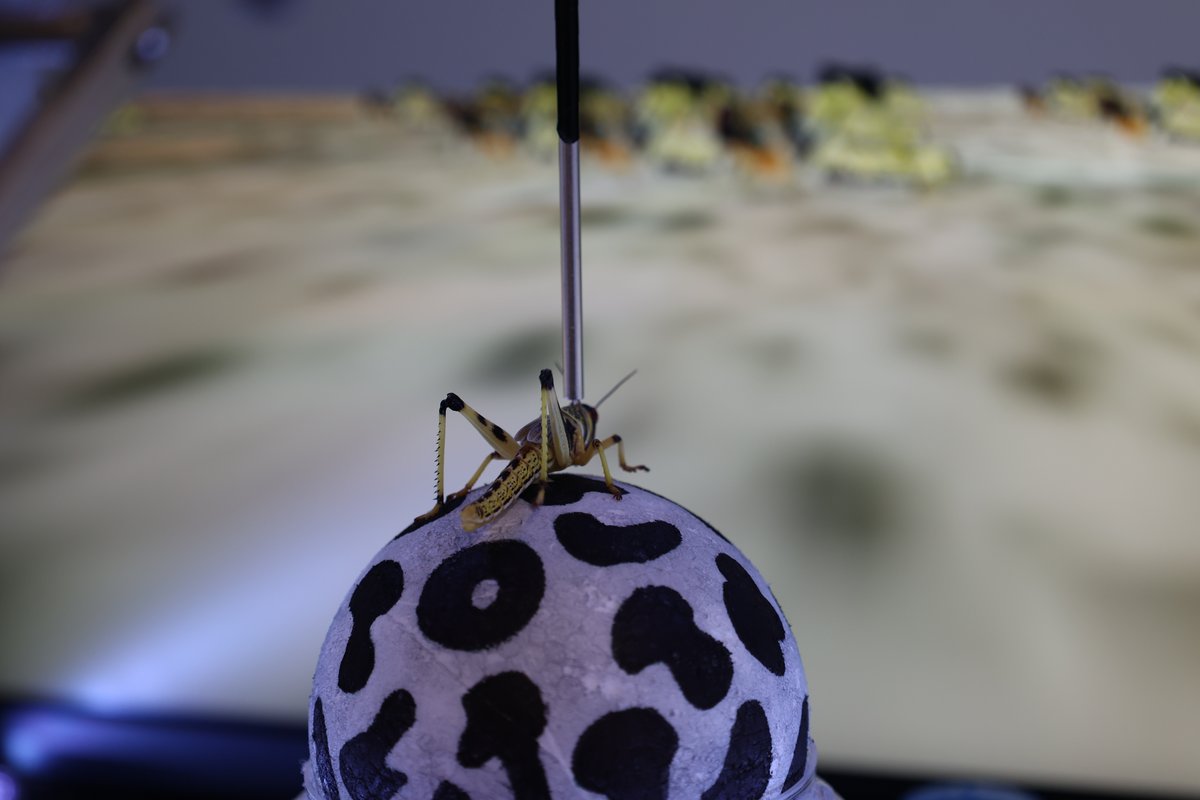
A locust on the ball. Copyright E. Böker, CASCB
